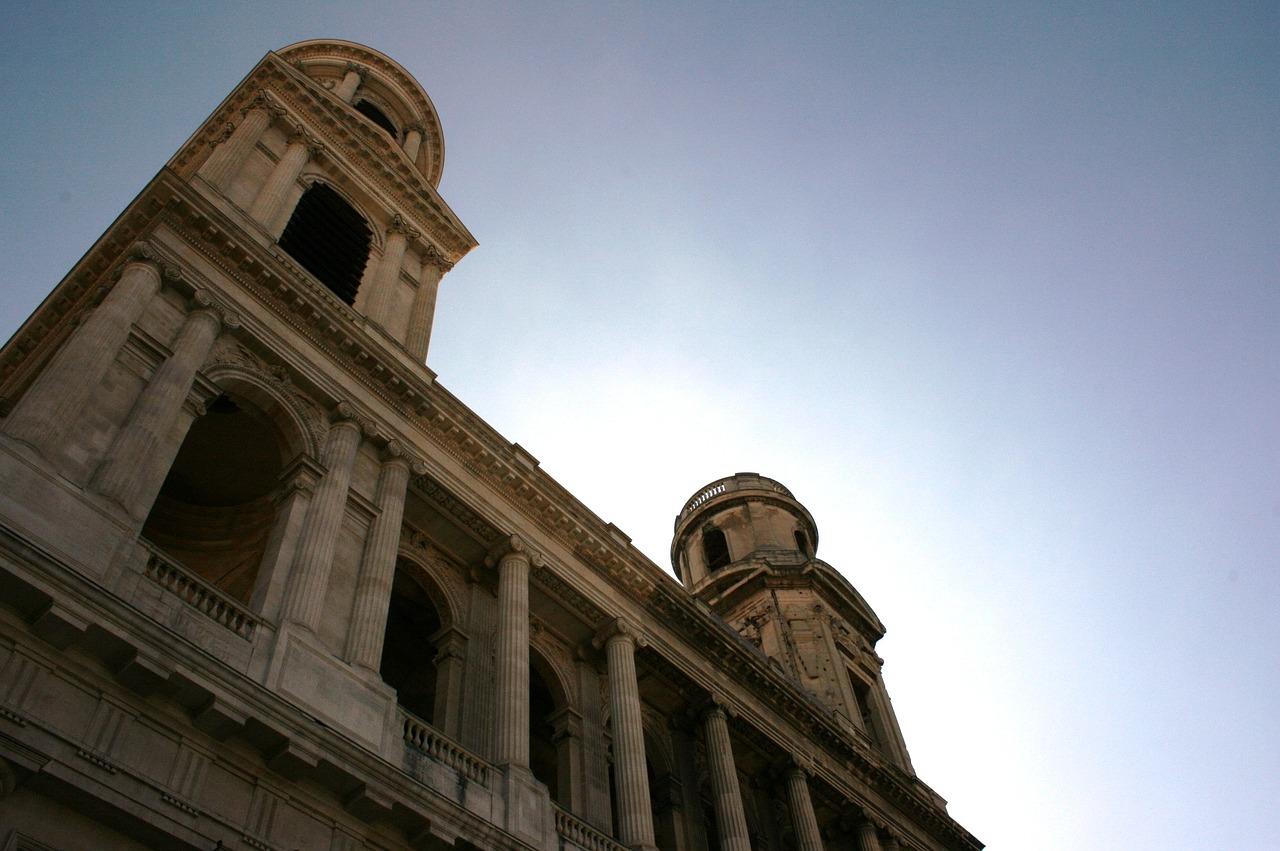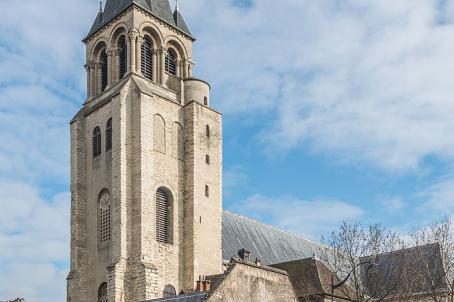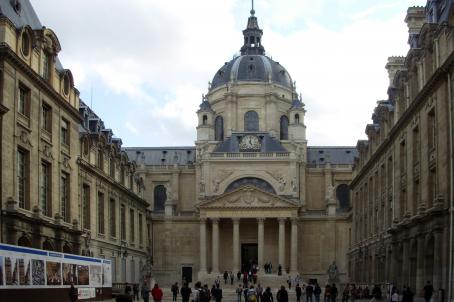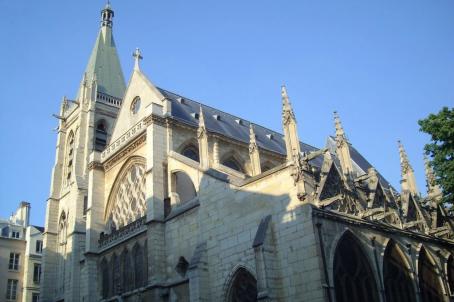Church of Saint-Sulpice
The Saint-Sulpice church, built between 1646 and 1870, replaced a 12th century sanctuary. The style chosen for the new church is classicism with many Corinthian elements.
About this building
The current Saint-Sulpice church was built on an old church whose existence is attested in the 13th century. Anne of Austria laid the foundation stone on February 20, 1646. The work was suspended from 1678 to 1719 due to the bankruptcy of the Fabrique. The construction site was able to resume thanks to the priest of the Jean-Baptiste Languet parish in Gergy. Gian Nicolo Servadoni won the competition for the construction of the western facade, which was never really completed. Dome painted by François Lemoyne in 1732. The walls and vaults of the chapels, but also the arms of the transept, were decorated between 1820 and 1880 by artists such as Alexandre-Denis Abel de Pujol, Auguste-Jean-Baptiste Vinchon and Delacroix. The organ case was made at the end of the 18th century based on Chalgrin's drawings. The organ itself was completely rebuilt by Cavaillé-Coll.






